Introduction
Fishing is a time-honored pastime that combines skill, patience, and a deep connection to nature. As anglers, we are always on the lookout for ways to improve our catch rates, and one of the innovations that has gained significant popularity in recent years is the use of LED fishing lures. These lures incorporate small, energy-efficient lights that can mimic the behavior of baitfish or other prey, making them highly attractive to predatory fish. However, before you start using these luminous lures, it's essential to understand the legal landscape surrounding their use.
What Are LED Fishing Lures?

LED fishing lures are artificial baits equipped with small lights. The primary purpose of these lights is to mimic the bioluminescence of certain prey species or to create a visual attraction for fish. They come in various forms, including jigs, minnows, and soft plastics, and can be particularly effective during dawn, dusk, or nighttime fishing.
Are LED Fishing Lures Legal?
LED fishing lures have become increasingly popular among anglers due to their ability to attract fish with light in low-light conditions or murky waters. However, the legality of using LED fishing lures can vary depending on your location and specific regulations.
-
United States
In many states within the U.S., there are no explicit laws prohibiting the use of LED fishing lures. However, it is important to check local regulations as some regions may have restrictions.
For example:
From 2014 Ontario Fishing Regulations Summary - Licences:
"It is illegal to: Use artificial lights to attract fish except;
1. To fish for smelt, or to fish for lake whitefish or lake herring with a dip net
2. If the light is part of a lure attached to a line used in angling."
In other words: it is legal if the light is part of a lure attached to your line.
California allows the use of LED lures, subject to specific requirements of the local fisheries management agency. And Florida allows the use of LED lures and has no specific restrictions.
However, certain states like Alaska do not permit artificial lures that emit light or sound because they consider this unsporting.
-
Canada
Similar to the United States, Canada does not universally prohibit LED lures. However, individual provinces and territories might have different rules. Always verify with local authorities before using them
-
European Union
General Data Protection Regulation (GDPR): While not directly related to LED lure regulations, GDPR could impact the collection and processing of data by smart LED lures that collect information on fish behavior, requiring compliance with data protection principles.
National Regulations: Member states may have varying regulations. For instance, some countries may have environmental protection laws that limit artificial lighting to reduce light pollution, which could indirectly affect the use of LED lures in natural water bodies.
-
Australia
In Australia, the situation is similar; federal legislation doesn’t address LED lures specifically, but state governments and park services could set guidelines.
Regulatory Landscape
The legality of using LED fishing lures can vary significantly depending on your location. Here are some key points to consider:
Federal vs. State/Local Laws: In the United States, while there may not be specific federal regulations prohibiting the use of LED fishing lures, individual states or local jurisdictions may have their own rules. It's crucial to check both state and local fishing regulations.
Type of Water Body: Different bodies of water, such as rivers, lakes, and oceans, may have varying rules. For example, some states allow LED lures in freshwater but have restrictions in saltwater.
Species Protection: Certain areas might restrict the use of artificial lighting to protect specific fish species or their habitats. This is often more common in conservation areas or during spawning seasons.
Night Fishing Regulations: Some regions have specific rules regarding night fishing, which could impact the use of LED lures. Always verify if there are any time-of-day restrictions for fishing in your area.
Environmental Impact: While not always explicitly stated in regulations, the environmental impact of using artificial lighting in natural water bodies is a growing concern. Excessive artificial light can disrupt local ecosystems and wildlife behavior.
How to Ensure Compliance
To ensure you're fishing legally with LED lures, follow these steps:
- Research Local Regulations: Start by checking the fishing regulations of the state or local jurisdiction where you plan to fish. Many fishing and wildlife agencies have detailed websites with up-to-date information.
- Consult Local Authorities: If you're unsure about the rules, contact local fishing authorities or departments of natural resources. They can provide clarification and guidance.
- Join Angling Organizations: Becoming a member of local or national angling organizations can also provide you with valuable information on regulations and best practices.
- Respect Conservation Efforts: Even if LED lures are legal, use them responsibly. Avoid disturbing wildlife and adhere to all conservation guidelines.
Conclusion
Using LED fishing lures can significantly enhance your fishing experience by increasing your chances of a successful catch. However, it's crucial to navigate the legal landscape carefully to avoid penalties and ensure you're practicing ethical and sustainable fishing. By doing your homework and adhering to local regulations, you can enjoy the benefits of LED lures while contributing to the preservation of our natural waterways.

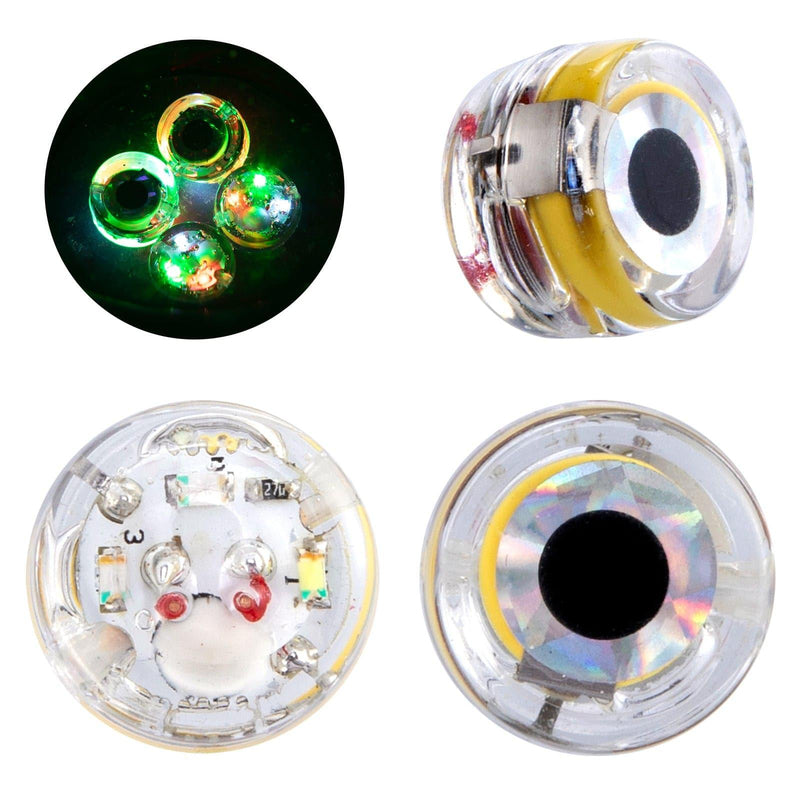
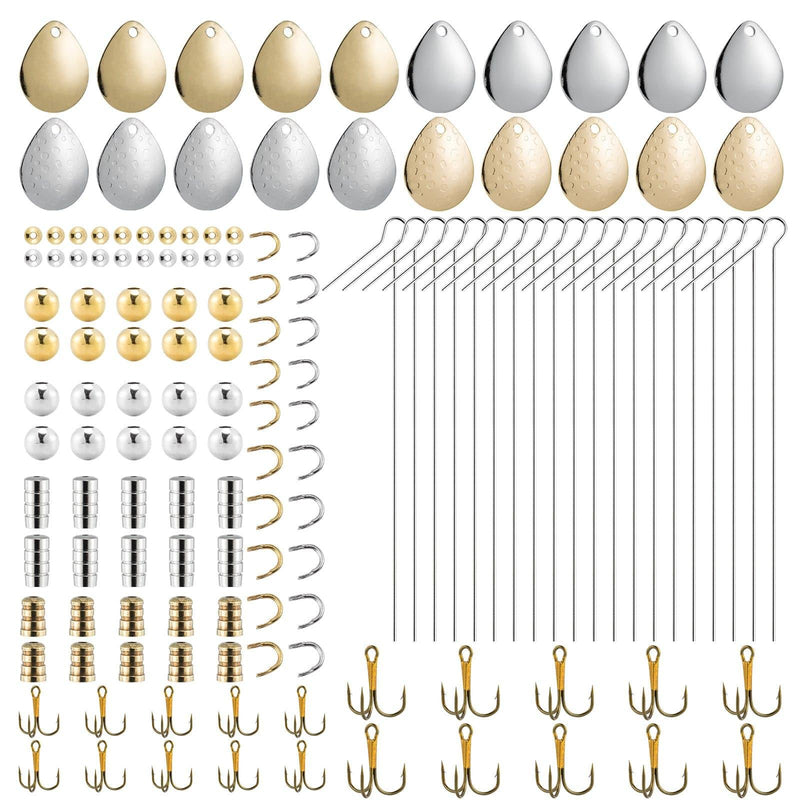
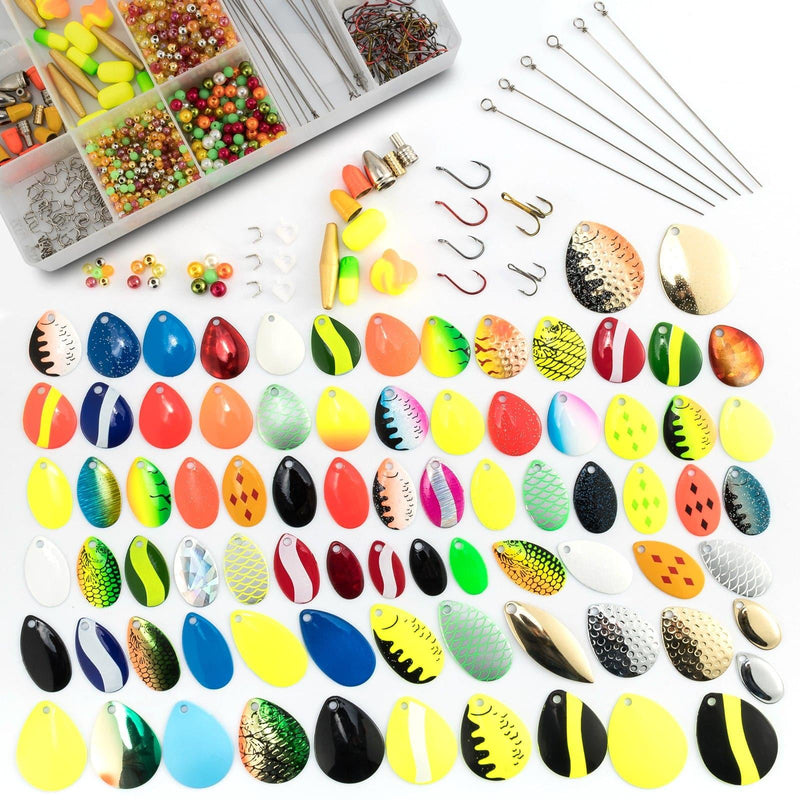
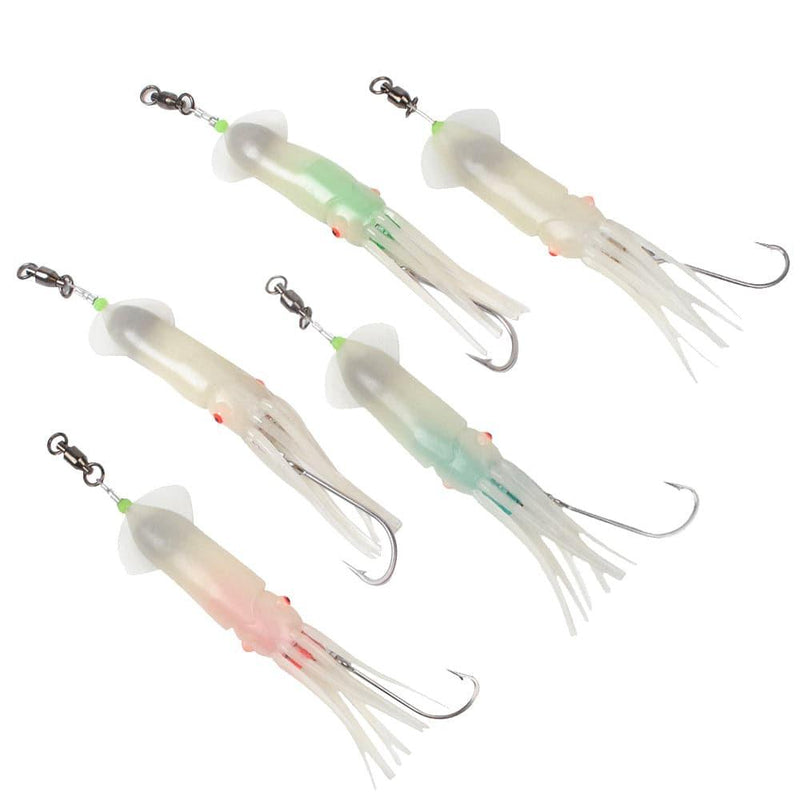
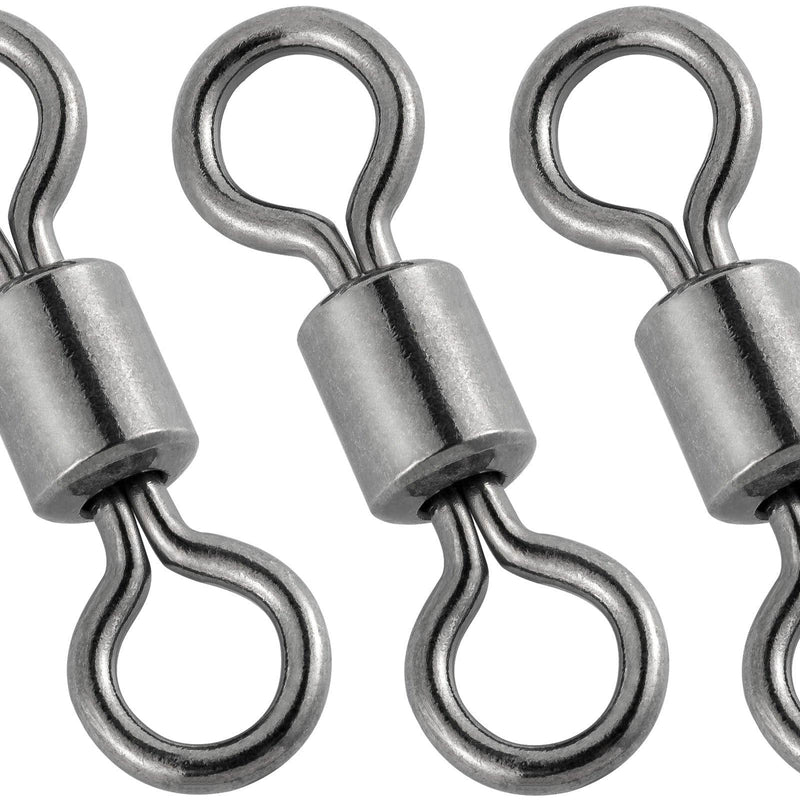
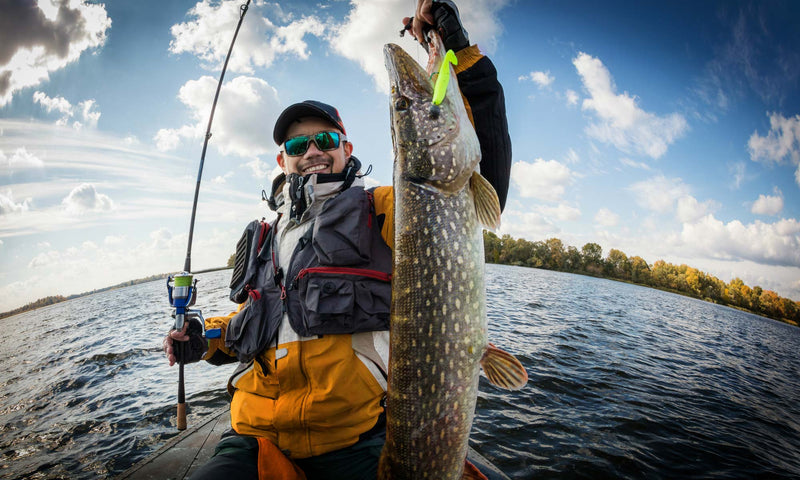
0 comments